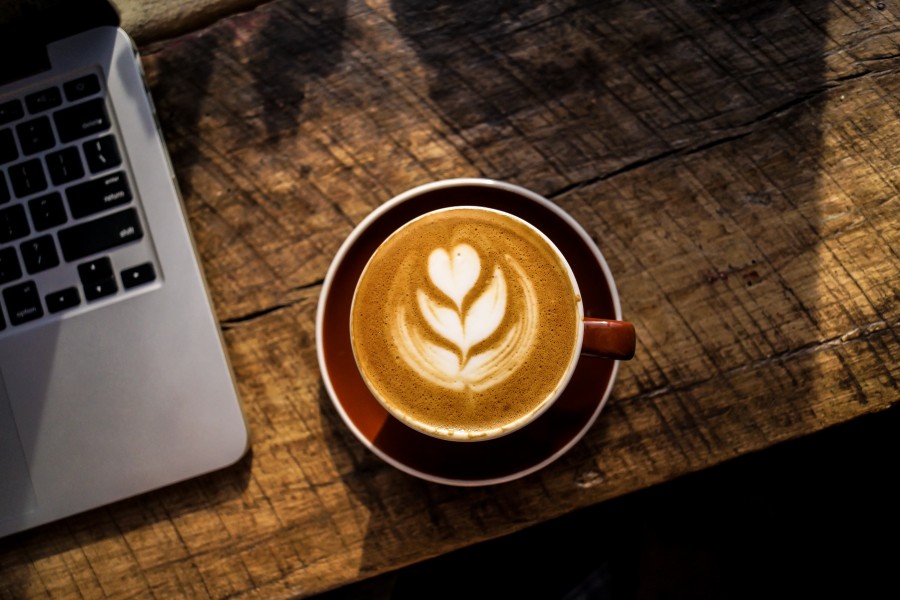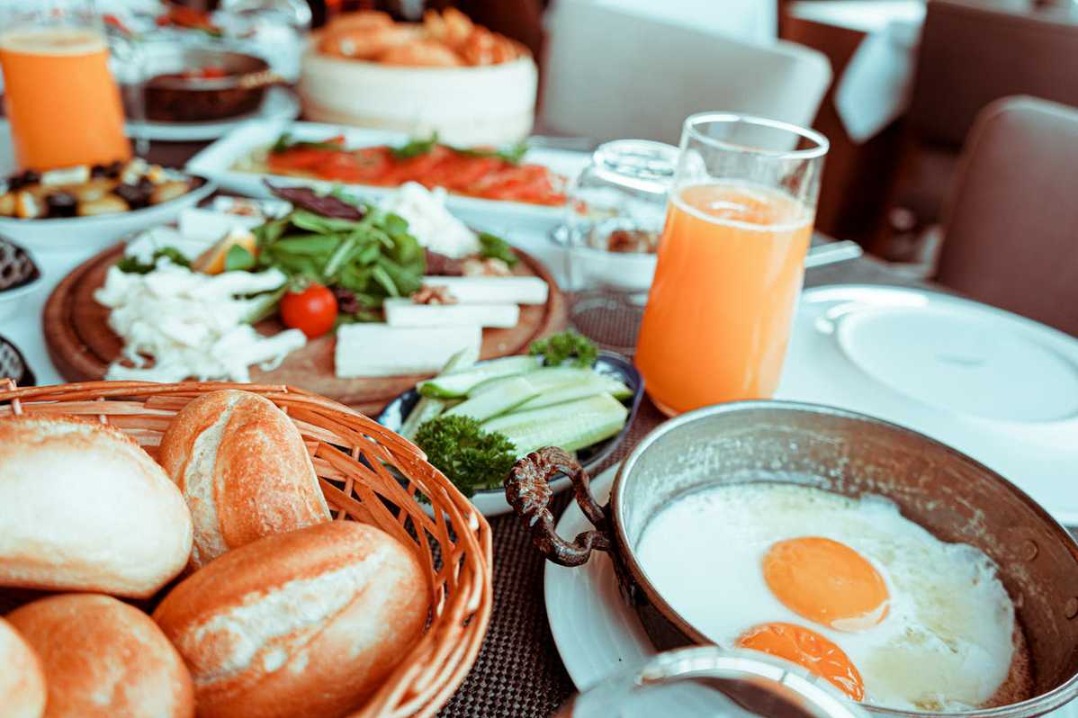有 (Yǒu) sentences in Chinese 如何地道使用中文的“有”?
That's Mandarin 2023-10-20 09:00


有 (yǒu) sentences are so common in Mandarin!
Chinese speakers use them to say that things exist (or don't exist) in a certain place or location. It is similar to the English structure "There is… / There are…", though not exactly the same.
Structure
The structure of 有 (yǒu) sentences looks like this:
Place + 有 (yǒu) + (Quantity) + Object
Example
Let's take a simple sentence as an example:
桌子上有一个杯子。
Zhuō zi shàng yǒu yī gè bēi zi
There is a cup on the table.
And let's look at each part more closely.
1. 【桌子上】有一个杯子。
Zhuō zi shàng yǒu yī gè bēi zi
There is a cup on the table.
The 1st part of the sentence indicates a Place.
There are two ways to create a "Place" in Chinese:
(1) Take a noun that actually refers to a place ("Beijing", "Shanghai", "China", etc). In this case, you don't need to add words like 上, 下, 里* after them.
(2) Take a noun that refers to an object ("table", "chair", "box", etc) and add 上, 下, 里 after them to turn them into a Place ("on the table", "on the chair", "in the box").
*上 (shàng), 下 (xià), 里 (lǐ) can be translated into English as prepositions ("on", "under", "in"), but in Chinese, they are called position nouns.
Remember to always add a position noun in the 2nd case.
2. 桌子上【有】一个杯子。
Zhuō zi shàng yǒu yī gè bēi zi
There is a cup on the table.
The 2nd part is the verb "to have", 有 (yǒu), which here has a second meaning - "to exist". It translates into English as "There is... / There are...".
3. 桌子上有【一个】杯子。
Zhuō zi shàng yǒu yī gè bēi zi
There is a cup on the table.
This part is flexible, but if you want to show quantity, you can phrases like "a lot" (很多 hěn duō), or a number with a measure word.
4. 桌子上有一个【杯子】。
Zhuō zi shàng yǒu yī gè bēi zi
There is a cup on the table.
The last part is the Object, which can be a person or a thing. In our example sentence, it's a cup (杯子 bēi zi).
More Examples
路上【有】一个咖啡厅。
Lù shàng yǒu yī gè kā fēi tīng。
There is a cafe in the street.
咖啡厅里【有】很多桌子。
Kā fēi tīng lǐ yǒu hěn duō zhuō zi
There are many tables in the cafe.
桌子上【有】一个盘子。
Zhuō zi shàng yǒu yī gè pán zi
There is a tray on the table.
盘子上【有】一杯咖啡。
Pán zi shàng yǒu yī bēi kā fēi
There is a cup of coffee on the tray.
咖啡杯里【有】一个勺子。
Kā fēi bēi lǐ yǒu yī gè sháo zi
There is a spoon in the coffee cup.
Add "No"
If you want to say "There is no ... / There are no ....", add 没 (méi), "no/not" before 有:
Place + 没有 (méi yǒu) + Object
Make sure to never use 不 (bù).
Source: That's Mandarin
Editor: wanan

















 英语点津微信
英语点津微信 双语小程序
双语小程序